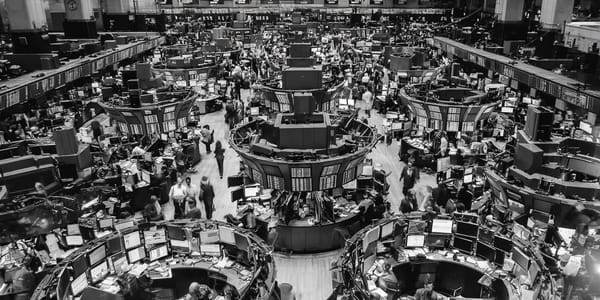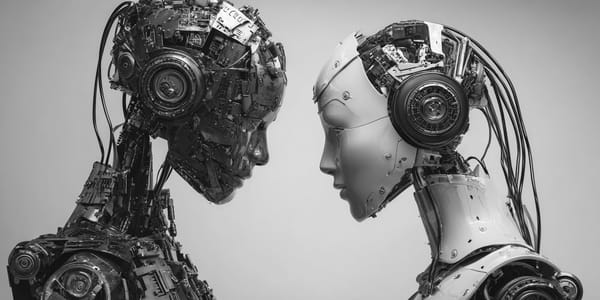Tesla Robotaxi Safety Incidents Draw Federal Scrutiny After Austin Launch

Tesla began operating its first robotaxi service in Austin, Texas on June 22, 2025, charging customers $4.20 per ride through an invite-only program. According to NBC News, the service launched with approximately 10-20 modified Model Y vehicles equipped with Tesla's Full Self-Driving Unsupervised software. Each vehicle carries a Tesla employee in the front passenger seat who can stop the car using an emergency button when safety concerns arise.
The service operates between 6 AM and midnight Central Time within a designated area of South Austin. Tesla sent most initial invitations to online influencers and company supporters, limiting public access to the experimental program. The launch comes after years of promises from CEO Elon Musk about deploying a robotaxi fleet.
Within hours of the launch, 13 separate incidents were documented on video showing Tesla robotaxis appearing to violate traffic laws or behave erratically. Videos posted online captured robotaxis dropping passengers in the middle of intersections, driving on the wrong side of double yellow lines, exceeding posted speed limits, and braking suddenly without apparent cause.
Why Safety Incidents Matter
The documented traffic violations have prompted immediate responses from local officials and federal regulators. Austin City Council member Vanessa Fuentes told NBC News that the technology appears unsafe for residents and called for the service to be halted. Fellow council member Zo Qadri described seeing "chaos unfold" with constituents expressing anger about the incidents.
The National Highway Traffic Safety Administration contacted Tesla one day after the launch to gather additional information about the safety incidents. The federal agency confirmed it is aware of the referenced incidents and will take necessary actions to protect road safety. Tesla has requested that NHTSA keep its responses about the robotaxi program confidential, citing business information concerns.
These safety concerns carry immediate consequences for Tesla's expansion plans. Local officials noted that Austin's process for ticketing robotaxis requires police officers to draft complaint affidavits and send them through multiple approval levels before reaching municipal court. This complex enforcement mechanism means accountability for violations remains unclear.
Autonomous Vehicle Industry Competition
Tesla enters the robotaxi market significantly behind established competitors. Reuters reports that Waymo operates approximately 1,500 robotaxis across multiple cities, completing over 4 million paid trips in 2024 alone. Waymo began commercial operations in Phoenix in 2020 and has since expanded to San Francisco, Los Angeles, and recently Austin.
The competitive gap extends beyond fleet size. Waymo uses multiple sensor types including lidar, radar, and cameras, while Tesla relies solely on cameras and artificial intelligence. Industry experts question whether Tesla's vision-only approach can match the safety record of competitors using more comprehensive sensor systems.
Market research firm IDTechEx projects the global robotaxi vehicle market will reach $174 billion by 2045, with a compound annual growth rate of 37% between 2025 and 2045. The market opportunity explains why traditional automakers including Volkswagen and Hyundai are developing their own autonomous vehicle programs to compete with technology companies.
Tesla's manufacturing advantages could enable rapid scaling if its technology proves reliable. The company can produce vehicles at scale and deploy software updates remotely, potentially allowing it to expand faster than competitors who modify existing vehicles. However, the recent safety incidents demonstrate the challenges of transitioning from supervised to fully autonomous operations.
Regulatory Landscape Changes
The robotaxi launch occurs amid evolving federal regulations for autonomous vehicles. TechCrunch reports that NHTSA does not pre-approve autonomous vehicle technologies, instead requiring manufacturers to certify their vehicles meet federal safety standards before conducting investigations into potential defects.
Texas provides an advantageous regulatory environment for Tesla's pilot program. The state currently has minimal rules surrounding autonomous vehicles, meaning Tesla operates without the reporting requirements imposed in other jurisdictions. This regulatory gap allows the company to test its technology without disclosing key metrics such as total miles driven or intervention rates by safety operators.
The federal government recently modified autonomous vehicle exemption programs to streamline approvals for vehicles that may not fully comply with traditional safety standards. These changes could benefit Tesla's planned Cybercab robotaxi, which will lack steering wheels and pedals when it eventually reaches production.
State and local politicians have expressed mixed reactions to the service. Seven Texas lawmakers sent Tesla a letter in June requesting the company delay its launch until September when new autonomous vehicle legislation takes effect. Tesla proceeded with its planned timeline but agreed to comply with upcoming regulatory requirements.
Further Reading
For deeper insights into global adoption trends, our Alternative Financial Systems Index tracks regulatory frameworks and adoption metrics across 50 countries.




